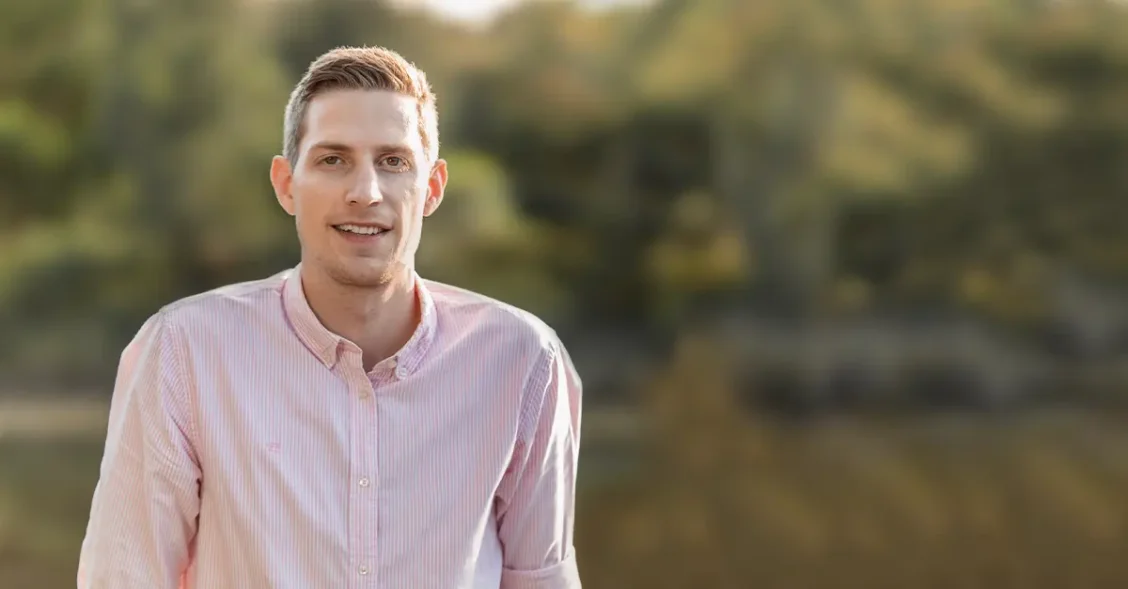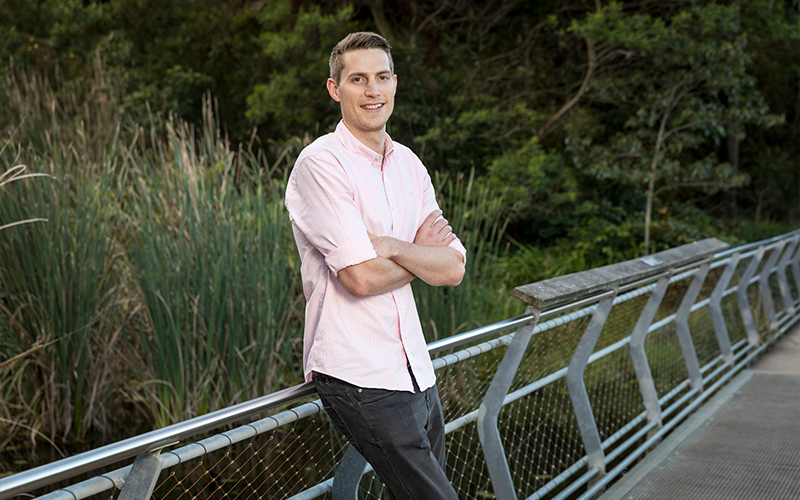Yann Fasbender
Global Mobile User Acquisition Lead


Yann Fasbender is Global Mobile User Acquisition Lead at Canva. Yann started his professional career with an initial stint at a European print and experiential marketing agency. At the time, Yann was the first to test Facebook desktop ads as a new, innovative test channel! Now Yann heads mobile growth marketing initiatives at Canva, one of the fastest-growing photo, video and design apps.
In your own words, tell us about the app(s) that you manage?
Canva enables everyone to design on every device. It pushes the boundaries of what’s possible on mobile, encouraging people to create various document types, photos and videos. Canva provides all users access to the ability to create professional designs. It is a sophisticated and cost-efficient app for any business or personal user.
How did you get started in mobile marketing?
I worked for a start-up mobile marketing consultancy in Sydney, Australia. At the time, we were fighting to get clients to understand the importance of mobile. To this day, the more traditional brands still don’t quite understand its value.
If you could start in mobile marketing again, would you do anything differently? What would you do and why?
I would dive deeper into the complexity of the ecosystem. I love the intricacies of what lies beneath the surface. It’s important to not take things at face value, particularly when it comes to deciphering industry terminology and understanding what a company does versus what they say they do.
What do you like most about mobile marketing?
This is what everyone will probably tell you—but I enjoy the ever-evolving nature of mobile marketing and how fast-paced it can be. Earlier on in my career, I loved the idea of challenging people with years of experience. I continue to love discovering new ways of doing things, trying to be ahead of the pack and adjusting course as the industry changes.
What do you see as the next big thing in mobile marketing?
I am optimistic about the mobile marketing industry’s ability to lead the charge in digital privacy and measurement standards. I believe mobile is in a unique position to take on current challenges directly and show other environments and industries the way to do it.
There’s an opportunity for the ecosystem to rethink existing foundations and morph itself into the gold standard. It just needs a bit of creative destruction to piece together new solutions that are more future-proof than the foundations we’ve built to date.
What strategies work best to convert installs into engaged app users?
I have a few tips:
- Set clear, valid and tested definitions for a quality, engaged and retained user.
- Show and prove to the user the value of your product. You must understand their unique path to becoming loyal users.
- Limit immediate monetization where possible. Give your user a bit of breathing room and avoid pushing them to pay at the getgo.
- In your lifecycle efforts, focus on utility to showcase clear value to users. Plus, create clear boundaries for each channel to re-engage based on the customer’s stage in the user lifecycle and the recency of their interactions.
In the past year, what is one tip you can share which made the biggest performance difference for your UA strategy?
For us, an important piece of advice comes to mind. Align your paid, organic and other marketing channels and work toward a single goal. Creating the right goal and incentive for collaboration and unified approaches will help you see the bigger picture and avoid silos.
What advice can you offer marketers to successfully re-engage mobile app users?
First and foremost, care about the consumer. This includes setting boundaries and limits for how you re-engage. Don’t rely entirely on conversion and monetization metrics to understand user interactions. Instead, understand the uniqueness and nuances of every user’s path to becoming a loyal user.
Sometimes, you need to accept the risk of frustrated customers not sharing their complaints and that they will eventually churn.
What’s your top tip when it comes to mobile ad creative?
Test, test and test again. Experiment, build for scale and understand the environment and context in which you are advertising. Experiment on the bigger levers and less so on the minor ones. Think of creative as a piece of content—if you can get people to think of it less as an ad and more as an interesting piece of content, you’ll likely find success.
What advice can you offer to help marketers combat mobile ad fraud?
Unfortunately, fraud is a constantly-evolving beast. To recognize the risks, stay up-to-date and remain flexible in your approach. Apply your common sense and accept that not all fraud can be captured and equally, that the definition of what is/isn’t fraud is not universal.
What are your top 3 go-to resources for keeping up with the mobile ad tech industry?
Mobile Dev Memo, various podcasts (including Mobile UA Show, Mobile Growth & Pancakes, Mobile Heroes Uncensored), and AdExchanger.



